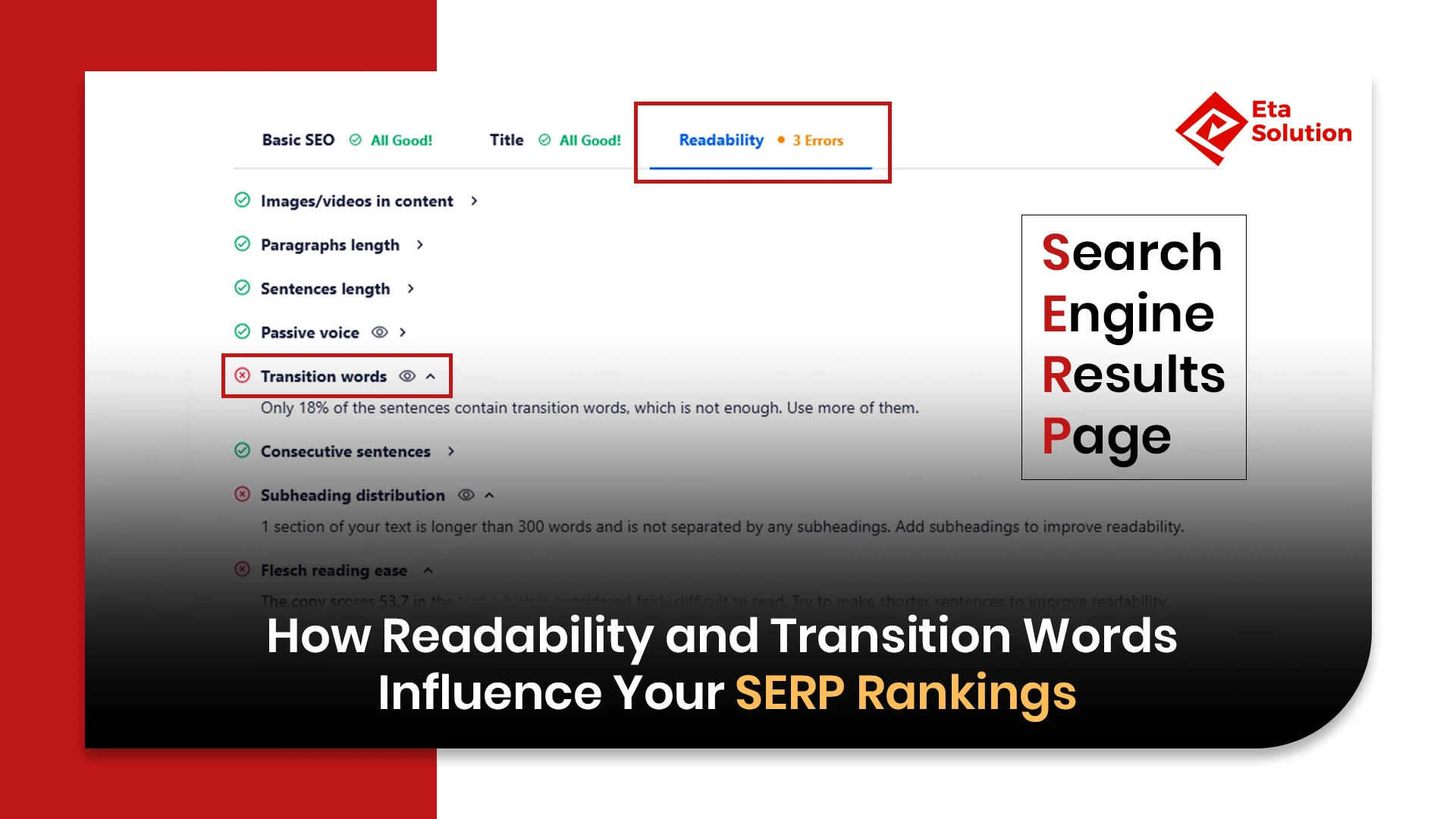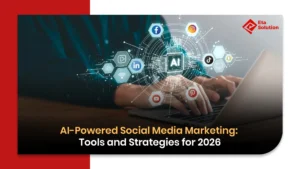
The Role of Readability and Transition Words in Boosting SERP Performance
Can you picture a website in which every single one of their sentences appears to go on and on, and paragraphs also appear as solid blocks of unreadable text? Should that be the case, wouldn’t it be reasonable that you likely would not want to stick around long? Not only users’ patience but also your SEO will be instantly affected by this quick choice. Nowadays, Google rankings are not solely dependent on keywords; rather, they consider user interaction with your content. This is where the relationship between readability SEO, and transition words comes into play.
We are now going to see the reasons that readability and transition words take the first place at Content optimization, their influence on the positions in the indexing, and the ways that are both user and search engine-friendly.
What is Readability SEO
Readability is the extent to which users can easily understand a given content. It deals with consistency, transparency, sentence, and paragraph length. A page filled with jargon, convoluted sentences, or disorganized content structure might look informative; however, it will fail in engagement.
In on-page SEO, the web content readability is a factor that informs Google about the website content quality. A study by SEMrush reveals that 70% of the top-performing pages have a score above 60 on the Flesch Reading Ease test, which is a very efficient test of Search engine ranking based on readability.
Importance of Readability for User Experience
User experience (UX) forms the core of SEO, and is no longer merely a nice-to-have feature. Poor readability can cause lower site visits, a lack of user trust, and fewer sales. The leading reasons why readability counts are here:
- Faster comprehension: Users grasp your point in a very short time.
- Potential cognitive load is reduced: Difficult structures anger readers.
- Increased engagement: People usually spend more time and click more on simple content.
The Nielsen Norman Group report reveals that users, on average, skim just 20-28% of the words of a webpage. This small number should ideally reflect the major concepts presented in a strategic way.
Understanding Transition Words
Transition words like therefore, however, and in addition perform the function of linkages, binding together the ideas in question. They allow smooth transitioning for readers, hence the absence of a feeling of “jumping” from one idea to another.
Transition words in SEO writing are not only used for the beautification of the text. They facilitate the structure of the content, provide clues to search engines regarding the logical sequence, and contribute to the website content quality. The Google ranking algorithm sees an easy-flowing text as a professional and trustworthy one, thus having an indirect effect on the on-page SEO.
How Transition Words Improve Content Flow
Can a transition word, when used correctly, make your text flow seamlessly rather than appearing a little disconnected? The advantages are as follows:
- Enhanced readability: Readers grasp the progression of the author’s thoughts without difficulty.
- Broader retention: The reasoning used strengthens the recall of the central points.
- Reduced bounce rate: Visitors are more likely to stay on continuous and well-structured pages.
By the way, a HubSpot research about blog reception revealed that one of those essays with transitions was the closest to recording a 16% longer average session duration.
Readability Tools to Measure Scores
The first step of the process, which is very important, is to assess how readable your text is. Yoast SEO, Grammarly, and Hemingway Editor are examples of readability tools that allow content creators to receive exact evaluations of their work quality.
- Flesch Reading Ease: This indicator scores the text manageability on scale 0 to 100, where the nearest to 100 means the easiest reading.
- Gunning Fog Index: The latter is the one that shows the number of years of education that a reader should have in order to understand the content of the text.
- SMOG Index: It focuses on the problems with the sentence forms and the words.
Indeed, if a company’s goal is to address a global market, then these tools are indispensable not only to maintain the balance between a professional tone and user experience but also to ensure that the content is not too technical for the readers.
The Connection Between Readability and Bounce Rate
Low readability levels and high bounce rates are closely interlinked. Hard-to-read pages anger users and, therefore, they choose to depart. On the other hand, clear content with logical flow keeps holding the interest of users.
To illustrate, Moz research highlights that visitors’ time on pages with readable SEO content is 34% longer than that of other pages. Hence, metrics like average session duration and page authority, which are important for SERP ranking, become better.
How Readability Impacts Search Engine Ranking
Content that fits user needs is among the main priorities of Google’s algorithms. If users, because of the row of unattractive page content, quit the page instantly, the search engine considers this as low-quality content. Conversely, easy-to-read and organized content points to the authorship and relevancy.
Here is a list of advantages of rankings:
- Readable content keeps the user engaged longer.
- Clear structure and transition words make indexing faster.
- Low bounce rates transform into positive engagement signals.
One example is the case of digital marketing agencies that are counted among the top performers, and for which readability is one of their key success factors. The top Digital Marketing Agency in Ahmedabad changed their narrative to a properly structured article by utilizing transition words and short paragraphs, which led to a 25% increase in organic traffic for the last three months.
Best Practices for Using Transition Words
To ensure maximum flow of the content:
- Transitions at the beginning of sentences can indicate connections.
- Never use them excessively; a few strategically chosen words are more powerful than perpetual use.
- Mix with content layout techniques such as titles, subtitles, and lists.
One of the instances where the use of transitions was quite successful is Mailchimp’s content hub. This is a campaign that allows transitions to help readers navigate through complex marketing insights without being overloaded.
Common Readability Mistakes that Should Be Avoided
Even the best writers sometimes make mistakes. Among the most frequent errors are the following:
- Very long paragraphs.
- Too much use of technical terms.
- Failure to use headings or bullet points for better understanding.
- Ignoring mobile readability.
Search Engine Journal conducted a survey, which shows that 62% of websites that scored low on the quality of website content had their organic traffic affected due to these mistakes.
Optimizing Content for Both Humans and Search Engines
People-friendly content that still has SEO best practices working behind the scenes is quite attractive:
- Simplifying the text by using simpler words is a good way to make your text clearer.
- Connecting words is one of the means that you can use to get an easier reading of your story.
- Check the level of your text’s difficulty and see how it matches with the rest of the text.
- Headings, subheadings, and bullets are the tools you should use if you want to get an easier reading of your text.
The ones who are not far from being successful are those who realize the principle of readability not as an obstacle to SEO but as a booster for it. The Best Digital Marketing Agency is the combination of readability analysis and keyword optimization, which together lead to a high search engine ranking without losing user engagement.
Closing Take
Readability SEO in the modern digital world is not an option; rather, it is a strategy. Transition words, sentence clarity, and logical flow are the factors that influence SERP ranking, bounce rates, and user trust.
The question is: if your audience cannot read your content effortlessly, then how can Google consider it worthy? Writing for the audience with SEO in mind is not just a tactic, but also the SEO best practices in the future.
The next time you have to write a blog or landing page, do the following: check the readability, insert logical transitions, and watch the difference not only in the metrics but also in the real user engagement.
Moreover, what good is it if you are ranked #1 and your readers leave before your point becomes clear?
The concept of The Best Digital Marketing Agency in Ahmedabad completely represents this notion, and it keeps on appealing with time and again that readable, well-structured content is the surest way to win both hearts and algorithms.
Transition words are connectors that help organize ideas and improve content flow. Here are a few categories with examples:
Addition: moreover, furthermore, in addition, also
Contrast: however, on the other hand, nevertheless, although
Cause and Effect: therefore, thus, consequently, as a result
Examples: for example, for instance, such as, namely
Conclusion: in conclusion, to summarize, overall, finally
Using a mix of these in your content makes it more dynamic and reader-friendly while maintaining a natural tone.
There are several online tools that analyze readability based on formulas like Flesch Reading Ease and Gunning Fog Index. Some popular options include:
Yoast SEO: Built into WordPress, it evaluates readability and highlights issues like passive voice, sentence length, and transition word usage.
Hemingway Editor: Provides a readability grade level and color-coded feedback on complex sentences or adverbs.
Grammarly: Offers clarity and conciseness suggestions to enhance readability.
Readable.com or ProWritingAid: Provide comprehensive readability analytics.
These tools help you simplify your writing, ensuring your content meets both SEO and user-friendly standards.
Several factors can reduce readability and hurt SEO performance, including:
Long, complex sentences: Hard to follow and reduce comprehension.
Technical jargon: Alienates readers unfamiliar with industry terms.
Poor structure: Missing headings, subheadings, or logical flow.
Keyword stuffing: Makes content sound unnatural and spammy.
Lack of transitions: Causes abrupt shifts between ideas.
Dense paragraphs: Intimidate readers, especially on mobile devices.
Fixing these issues involves breaking up long sections, simplifying language, and improving flow — which directly enhances the reading experience and engagement rates.
Google doesn’t use a specific “readability score” like Flesch or Gunning Fog as a ranking factor. However, readability impacts indirect ranking signals that Google does consider, such as:
Dwell time: How long a user stays on your page.
Bounce rate: Whether users leave immediately after visiting.
Engagement: Scroll depth, clicks, and interactions.
Readable, well-structured content keeps users engaged, signaling to Google that your content satisfies search intent. So while readability itself isn’t a direct metric, its effects play a significant role in SEO success.
Improving readability while maintaining keyword optimization requires balance. Here’s how you can do both:
Use keywords naturally: Place them in headings, introductions, and body text where they fit contextually.
Avoid overstuffing: Focus on readability first; use variations or related terms (LSI keywords) to maintain relevance.
Break content into sections: Use H2/H3 headings, bullet points, and short paragraphs.
Simplify your language: Replace complex terms with easy alternatives.
Add transition words: Improve flow and clarity without affecting keyword density.
By focusing on user experience, you make your content both reader- and search-engine-friendly — improving visibility and engagement.

What started as a passion for marketing years ago turned into a purposeful journey of helping businesses communicate in a way that truly connects. I’m Heta Dave, the Founder & CEO of Eta Marketing Solution! With a sharp focus on strategy and human-first marketing, I closely work with brands to help them stand out of the crowd and create something that lasts, not just in visibility, but in impact!

Industrial Product Marketing with LinkedIn & Paid Ads

Top Digital Marketing Strategies for Industrial Products in 2026

B2B Product Launch Strategies: From Pre-Launch to Go-To-Market

